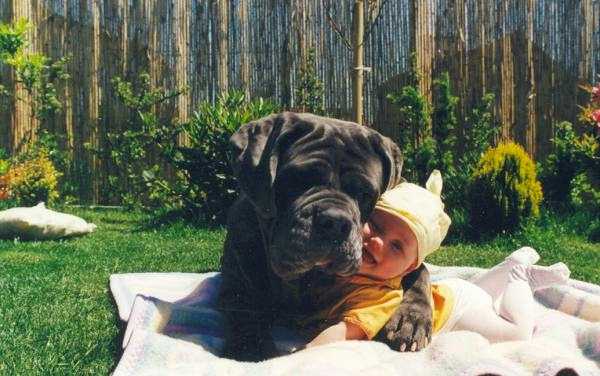The story of dogs is closely intertwined with the history of humanity. The bond between humans and dogs stands out as a remarkable blend of loyalty, affection, and mutual understanding. Trust is the cornerstone of any enduring relationship, and this holds particularly true in the bond shared between humans and dogs.
However, it’s not always easy to build trust with a dog. While they’re incredibly perceptive and empathic animals, they’re still animals and have their own body language and way of communicating. Understanding your dog and learning how to build trust with them is a good first step towards a deeper, more fulfilling relationship with them.
Understanding Canine Psychology
How Dogs Perceive the World
Dogs perceive the world differently from humans. Their primary modes of communication are body language, vocalisation, and scent, unlike humans who rely heavily on verbal interaction. Understanding how dogs interpret their environment and social interactions is crucial.
Body Language and Vocalization: Dogs are highly attuned to body language and vocal cues. They can read subtle signals that humans often overlook, such as posture, facial expressions, and tone of voice. A relaxed posture and soft voice can convey safety and comfort to a dog, while sudden movements or harsh tones may trigger anxiety or fear.
Scent: Dogs have an incredibly refined sense of smell. They use this to understand their surroundings and the emotional state of their human companions. The scent can convey a myriad of information to a dog, from the mood of their owner to the presence of unfamiliar people or animals.
Cognitive and Emotional Intelligence: Dogs possess a remarkable level of cognitive and emotional intelligence. They can sense emotions like happiness, sadness, and anger in their human companions. This empathetic ability allows them to respond appropriately to their owner’s emotional state, which is a vital aspect of building trust.
Building Trust
Establishing a Connection
Trust-building with dogs is a gradual process that requires patience, consistency, and understanding. Here are some steps to foster a deep bond of trust:
Understanding Body Language: Learn to read and respect your dog’s body language. If a dog is showing signs of discomfort or fear (like tucking their tail, flattening their ears, or avoiding eye contact), it’s important to give them space and time to adjust.
Consistency in Training: Dogs thrive on consistency. Regular training sessions using positive reinforcement techniques reinforce good behaviour and establish a routine that dogs can rely on. Consistency in commands, rewards, and consequences helps in creating a predictable environment where trust can flourish.
Calm and Assertive Demeanour: Dogs are sensitive to the emotional state of their handlers. A calm and assertive demeanour helps in providing stability and leadership that dogs look for. This does not mean being harsh or dominant, but rather being confident and consistent in your interactions.
Creating a Safe Environment: Ensure that your dog has a safe space where they can retreat when they feel overwhelmed. This could be a crate, a special bed, or a quiet room. Respecting their need for solitude and security is pivotal in trust-building.
Positive Reinforcement: Reward desired behaviours with treats, praise, or playtime. Positive reinforcement not only encourages good behaviour but also strengthens the bond between you and your dog.
Tailoring Approaches
Each dog is unique, with its personality and background. It’s important to tailor your approach based on your dog’s individual needs. For instance, rescue dogs like Golden Retriever who may have had traumatic pasts require extra patience and gentle handling to build trust.
Common Mistakes
Avoid these common mistakes to ensure a smooth trust-building process:
Punishment-Based Training: Punishing a dog for unwanted behaviour can lead to fear and mistrust. Focus on positive reinforcement methods instead.
Inconsistency: Inconsistent rules and boundaries can confuse dogs and hinder trust. Be consistent in your expectations and responses.
Forcing Interactions: Never force a dog into a situation they are uncomfortable with, whether it’s meeting new people or other animals. Forced interactions can damage trust and increase anxiety.
Neglecting Needs: Ignoring a dog’s basic needs like food, exercise, and veterinary care can lead to mistrust. Ensure their physical and emotional needs are consistently met.
Lack of Patience: Building trust takes time, especially with dogs who have had negative experiences. Be patient and allow the bond to develop at the dog’s pace.
Conclusion
Building trust with a dog is a journey of understanding, patience, and consistent care. By respecting their unique psychology and needs, and avoiding common pitfalls, we can establish a bond of deep mutual trust and affection. This trust is not just beneficial for the dog’s well-being but also enriches our own lives, fostering a harmonious and fulfilling human-canine relationship.

